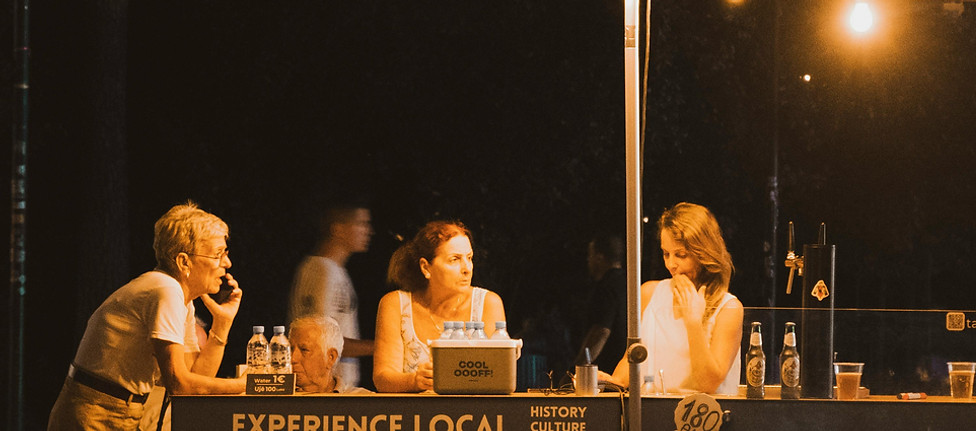
Agent Ate
Busy diners need a seamless, personalized way to discover and book restaurants that fit their tastes or schedules. They feel overwhelmed by endless options and frustrated by the effort of coordinating plans with friends. At the same time, they worry about sharing location and dining history. They need a conversational assistant that learns their preferences over time, respects privacy by default, and delivers intuitive dining recommendations exactly when they need them
This UX and visual design project was pro bono. I was able to see the problem, suggest a solution to help dining become more enjoyable and delicious.
Agent Ate is a pocket-sized conversational dining agent that recommends restaurants over text or in the app, learning and adapting to the food you love.

The Need
As the UX designer, I led the complete design process for Agent Ate. I started with in-depth user research to understand real dinner planning frustrations, then moved through rapid prototyping and comprehensive ethical review. The result is a dining assistant where every interaction feels seamless, secure, and user-centered. With privacy-first settings and intelligent 'surprise me' recommendations that spark culinary adventures, Agent Ate transforms how people discover and book dining experiences: all through simple text conversations.
User Research
Methodology : I conducted interviews with busy urban professionals to identify what works well and what can fail when planning an evening out. Participants noted challenges such as coordinating details across tools, fatigue from juggling multiple apps, and the difficulty of finding fresh and delicious dining experiences.
Key Findings : Two themes surfaced in the interviews:

Information overload
Best laid plans

Diners often “freeze” when there are too many delicious options to choose from and wind up choosing trusted favorites.
Coordinating with friends adds friction, checking availability, sending invites, confirming plans all a lot to have on your plate.
Opportunities

Problem: Diners struggle to discover new dining options that match their tastes, especially when deciding quickly around dinner time.
Goals:
-
Enable conversational booking and social coordination.
-
Reduce decision fatigue by surfacing personalized suggestions learned through user interaction in the process.
-
Uphold user trust through transparent data practices .
Information Architecture
Mapped five core flows to address user goals:
-
Onboarding : Discover cuisine, location, and meal times.
-
Pre dinner nudge : Timely prompts at habitual dinner hours.
-
Companion invite : Optional coordination if friends are free.
-
Reservation : confirmation and booking link delivery.
-
Post meal feedback : Rating to refine future recommendations.
Wireframes & Interaction Design


Engagement: Prototype testing showed a 90% “would use” rating.
Next Steps: Integrate analytics to measure long term retention and refine surprise rec patterns.
Reflection: Balancing personalization with autonomy is critical. Micro interactions and clear, respectful copy reinforce trust while guiding users seamlessly through complex social and booking tasks.
Outcomes and Learning
